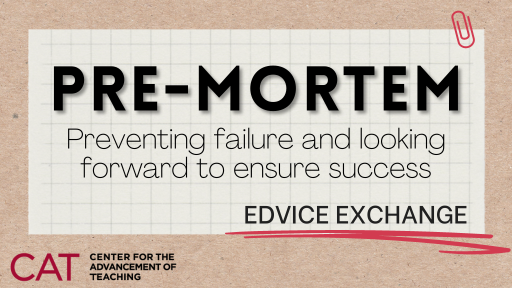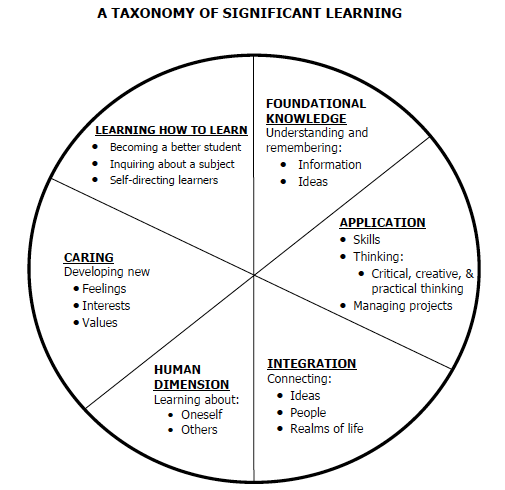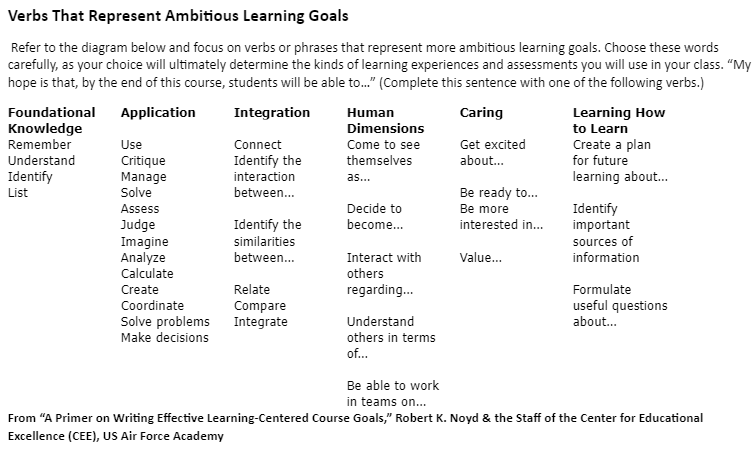Wren Mills, Ph.D.
Like many, I have learned a lot about myself as a teacher and my students as people through the pandemic. We all had to make adaptations, some of which will disappear when (if?) the virus eventually does. One that I have decided to keep is my new “pause button” approach to late work.
In March 2020, everything was panicky and confused and, well, not anything any of us had experienced. While I primarily teach online and have no kids that I suddenly found at home as many of my colleagues and students did, I was not immune to their distress their work-life balance shifted so dramatically after spring break. And with that, I took a deep breath and let go of some control, and boy did it feel good! This is the message I sent my students about our new “late work” policy:
If you can’t get work completed on time, don’t panic. I want you to be happy with what you submit, and sometimes life takes over and school needs to be put on pause while we cope. For my class, hit the pause button if you need to. Just email me and let me know. You don’t have to share details, just “I need to hit the pause button this week” works. No penalties for late work. This lets me know you’re still out there and trying your best vs just giving up on the class completely. I hope no one gives up.
I gave this grace to both my undergraduate students and my graduate students. My initial concern about implementing such a policy was that they’d all “hit pause,” and then I’d end up with loads of incomplete students. But that did not happen. I had a few students per class who had to “hit pause”—some worked in health care, some suddenly had several children at home 24/7, and a few actually got sick, with 2 needing prolonged hospital care. But you know what? Every single one of them completed their courses. One of them needed about 10 days beyond the final exam period to complete the final paper, but everyone else finished on time.
I received many emails thanking me for taking the pressure off and knowing that they had this option, even if they never used it. The students who did use it said it was the difference in their being able to rest easier knowing that I meant what I said—to focus on themselves and let me know when they were “pushing play” again and what questions they had before they got started.
In Spring 2020, even I had to “hit pause” when things got to be a little too much as I helped colleagues who had never taught online before shift to that modality way too quickly—and students let me know it was okay if I needed a break, that they completely understood. When you give grace, you get it in return.
I have continued this policy every term since then. And I will keep doing it. I still have had not even one student take advantage of it. (I know it will happen eventually, but I’ll deal with it when it does.)
I think the one silver lining we have of this whole pandemic experience is we all had a chance to learn something—not in spare time (!!!), but from the experience of it all. I learned that a little kindness and transparency go a very long way to creating a welcoming learning environment and stronger relationships with my students, and I look forward to continuing to allow this human touch, this little bit of grace, in all of my classes.
Wren Mills is Pedagogical Assistant Professor at Western Kentucky University’s School of Leadership and Professional Studies.
This article is released under Creative Commons Attribution-NonCommercial-ShareAlike 4.0 International (CC BY-NC-SA 4.0).






